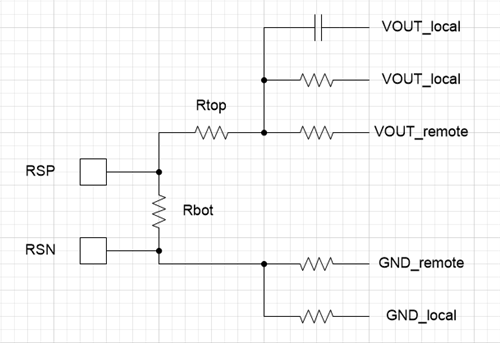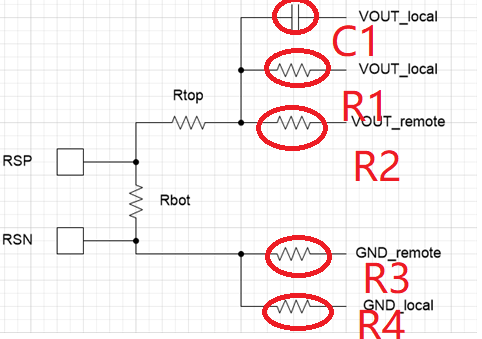Other Parts Discussed in Thread: TPS546D24A
HI TI expert,
we would like to use TPS549B22 for our design to meet the following requirement:
default Vout=0.84V and need adjust the output voltage on the flying.
I plan to do the design as following:
1. set Vsel=0.75V by RVSEL=16.5Kohm according to the datasheet page20 table 2
2. resistor=82.5K between RSP and PSN, RSP connects to Vout by a resistor=10K
I read some E2E tickets, and found a comment: The TPS549B22 always boots to the voltage defined by the VSEL pin.
Questions:
a) Does it means for my designthe Vout will go to Vsel=0.75V firstly during bootup?
b) after power on, CPU is possible to adjust the Vout by VOUT _COMMAND. Can the default Vout be changed by VOUT_COMMAND and storing that value to NVM using STORE_DEFAULT_ALL?



